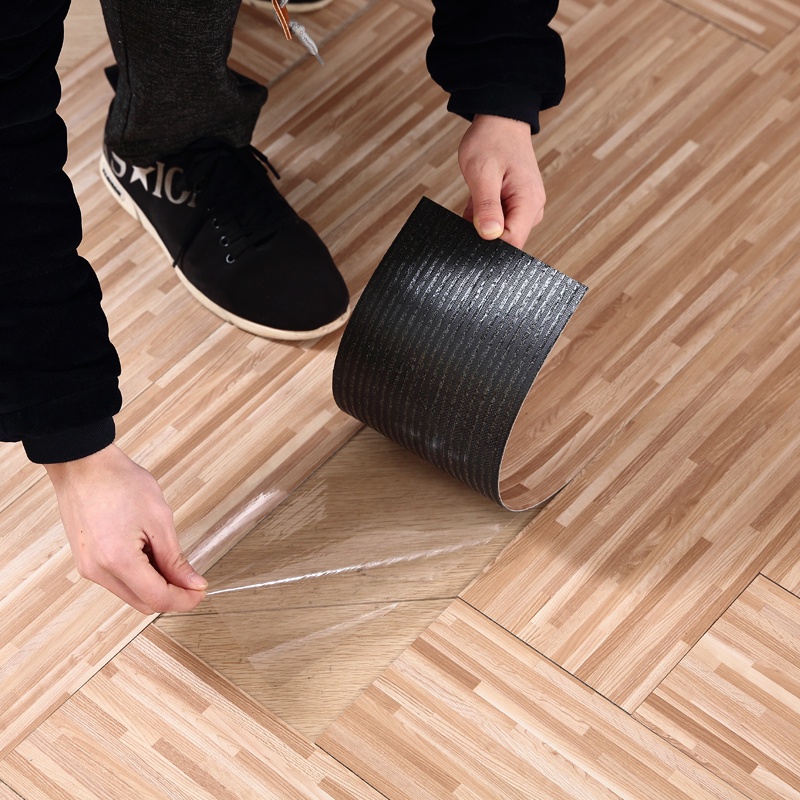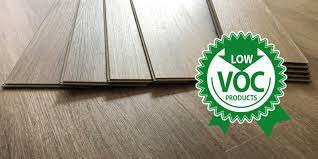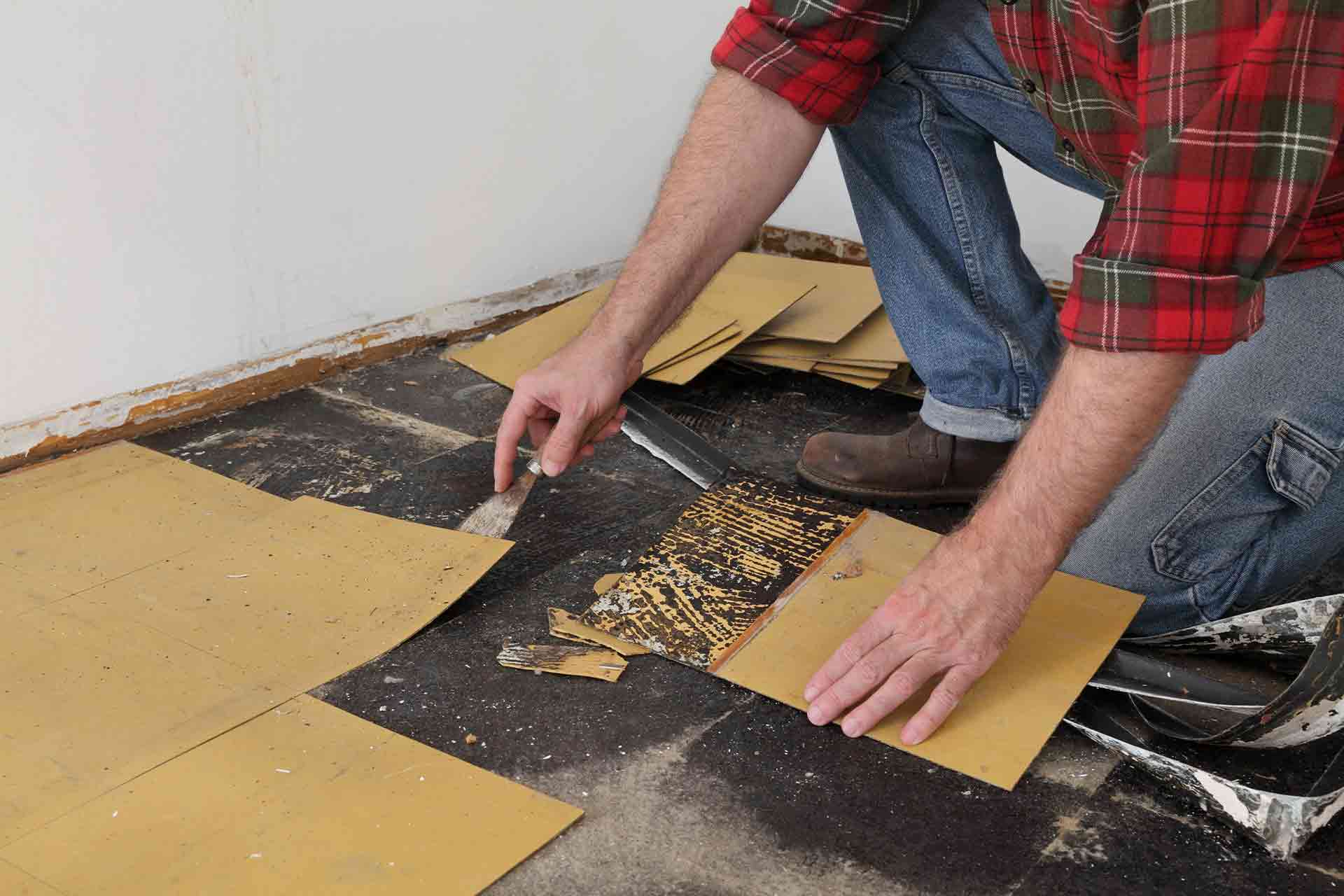Impact of Vinyl Flooring to our Environment
Vinyl is a very popular choice for flooring. But there are some serious environmental concerns about this flooring material.

Production
Poly Vinyl Chloride or PVC is the technical name for the vinyl found in flooring materials. During the production process, Dioxins are created. These harmful chemicals can persist in the environment for a prolonged period. Vinyl production also uses petroleum as the main ingredient, which is a nonrenewable resource.

After Installation
- Vinyl flooring may emit Volatile Organic Chemicals, or VOC’s into the air for a period after installation. These toxic substances are harmful to people can cause respiratory problems over time.

Unlike wood and cork flooring, vinyl floors cannot be refinished. That means that once the material has been damaged, it needs to be removed and replaced. If a fire breaks out and the vinyl floor catches flame, it will emit noxious fumes and fill the air with harmful toxins.

Photo retrieved from Richard Lindor from Duo Fotografi AB
Disposal
Vinyl floor is not biodegradable. It will stay in the landfill for many years. It is also difficult to recycle vinyl floor, because vinyl flooring material is made up different chemical compositions. Although the Washington-based Vinyl Sustainability Council (VSC) claimed that some 1.1 billion pounds of vinyl flooring is recycled annually, it represents only 7% of the total production in the United States.


